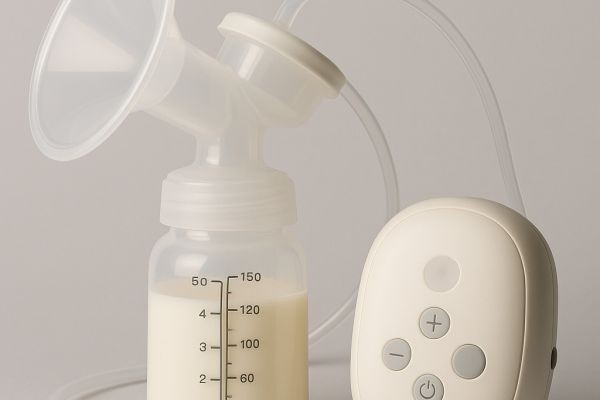The breast pump market is characterized by a dynamic interplay of technological advancements, social changes, and policy-driven support. At its core, the market is experiencing constant evolution, with product innovation meeting the growing needs of modern mothers, while systemic factors such as healthcare access, insurance policies, and cultural attitudes toward breastfeeding continue to influence its path forward. These dynamics make the sector highly adaptable yet also subject to unique challenges.
One of the most defining dynamics is the rapid pace of product innovation. Modern breast pumps are no longer just functional tools but highly engineered devices designed to provide comfort, efficiency, and discretion. The emergence of wearable, wireless, and app-connected models demonstrates how manufacturers are aligning with the lifestyles of mothers who balance professional responsibilities and childcare. This technology-driven shift has altered consumer expectations, pushing companies to focus not only on product effectiveness but also on ease of use, portability, and integration with digital health platforms.
Consumer behavior adds another critical layer to the market dynamics. Increasing numbers of working mothers are driving demand for reliable pumping solutions that support flexible feeding schedules. At the same time, cultural openness toward breastfeeding in public and workplace environments is fueling demand for discreet and efficient devices. However, affordability remains a significant factor in shaping purchasing decisions, especially in price-sensitive markets. While premium brands continue to dominate developed economies, cost-effective alternatives are gaining traction in developing regions, ensuring that market growth is not limited to higher-income households.
Policy frameworks and institutional support play a fundamental role in influencing the market’s structure. In regions like North America and Europe, regulations requiring insurance coverage of breast pumps or workplace accommodations for nursing mothers have created strong adoption momentum. Conversely, in markets where such support is limited, adoption relies heavily on personal income and cultural perceptions of breastfeeding. Governments introducing new policies that encourage maternal health investments are expected to alter these dynamics significantly, especially across emerging economies where awareness campaigns and subsidies can drive rapid change.
Distribution strategies further highlight the complexity of market dynamics. The rise of e-commerce platforms has democratized access, allowing mothers to explore a wide range of products, compare features, and make informed decisions without geographical limitations. Online availability has become particularly important for working mothers seeking convenience. Meanwhile, offline retail channels such as hospitals and maternity clinics remain crucial touchpoints, especially for first-time mothers seeking professional advice. The coexistence of these two channels underscores how diverse consumer needs shape the market structure.
Another dynamic factor is the growing emphasis on health and safety standards. Parents are increasingly cautious about product materials, ensuring that pumps are free from harmful substances like BPA. This has encouraged manufacturers to adopt higher safety certifications, which in turn improves trust and supports higher adoption rates. At the same time, sustainability pressures are beginning to influence product development, with companies exploring eco-friendly materials and designs to align with global environmental goals.
Competitive dynamics also play an essential role in shaping the breast pump market. Established players dominate in terms of brand reputation, research budgets, and global distribution networks. However, smaller entrants are disrupting the space with affordable alternatives, niche designs, and region-specific strategies. This competitive mix creates constant innovation pressure, ensuring the market remains vibrant and responsive to evolving consumer demands.
Regional differences add to the dynamic landscape. Developed markets benefit from strong institutional support, insurance coverage, and advanced technological adoption, leading to high penetration levels. In contrast, emerging economies represent growth hotspots, driven by rising maternal workforce participation, improving healthcare infrastructure, and growing awareness campaigns. The balance between mature and emerging markets ensures that growth opportunities remain diverse and globally distributed.
In summary, the breast pump market dynamics are shaped by a combination of product innovation, evolving consumer needs, supportive policies, and competitive strategies. As technology advances and social perceptions shift, the market continues to adapt, offering both opportunities and challenges for manufacturers and stakeholders alike. The ability to balance affordability, accessibility, and innovation will determine long-term leadership in this rapidly evolving industry.
Learn more: https://www.pristinemarketinsights.com/breast-pump-market-report


